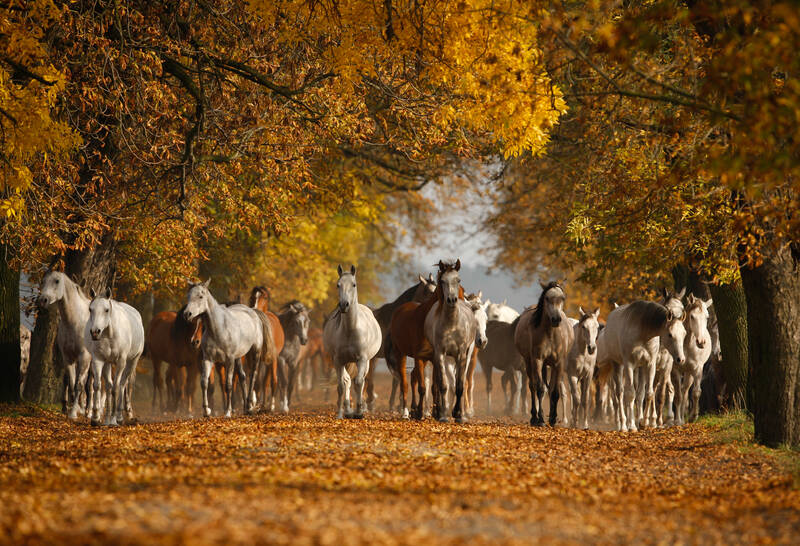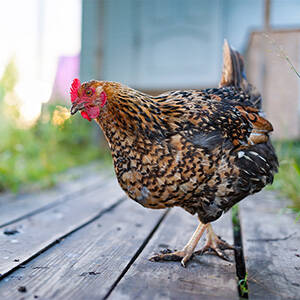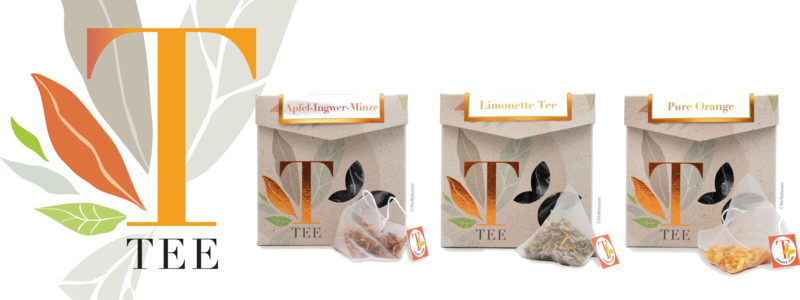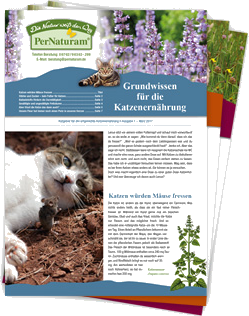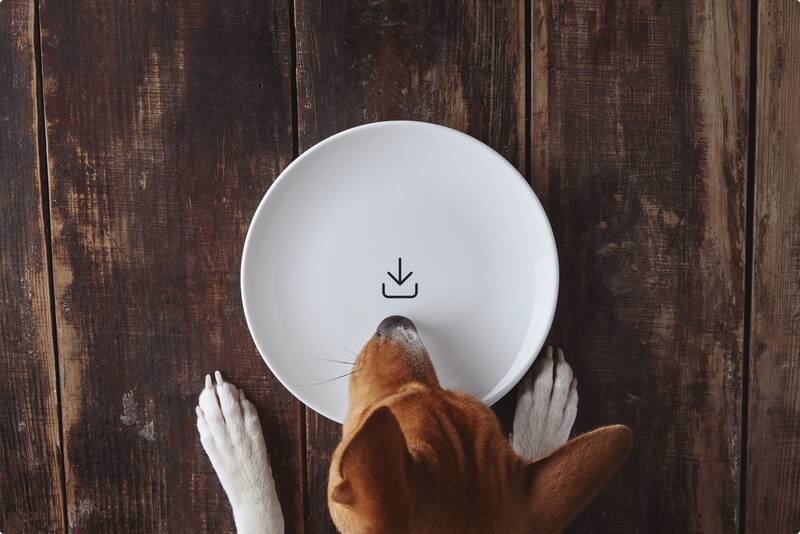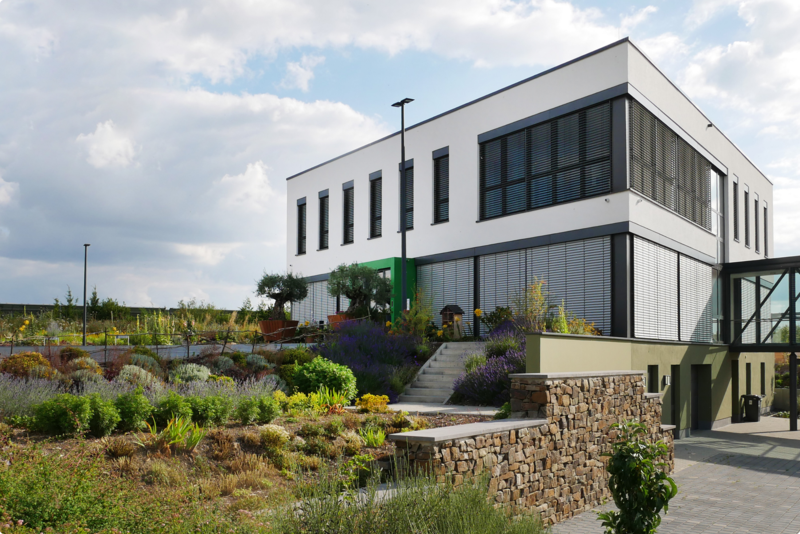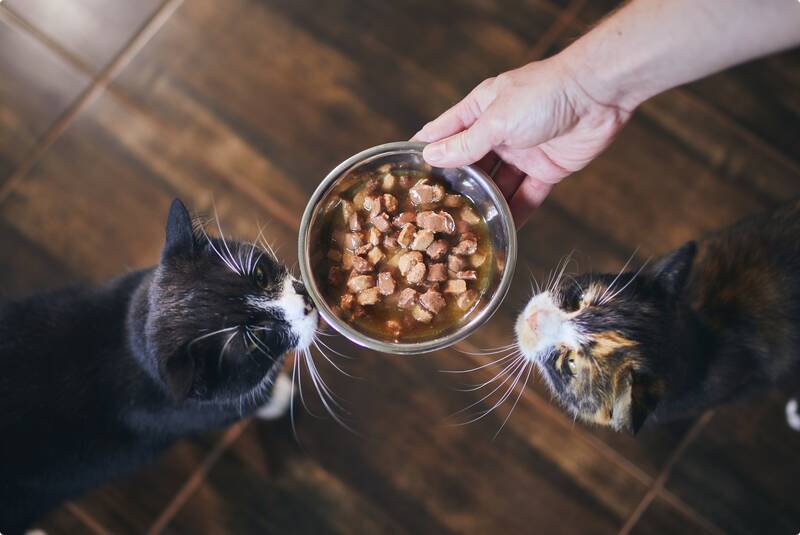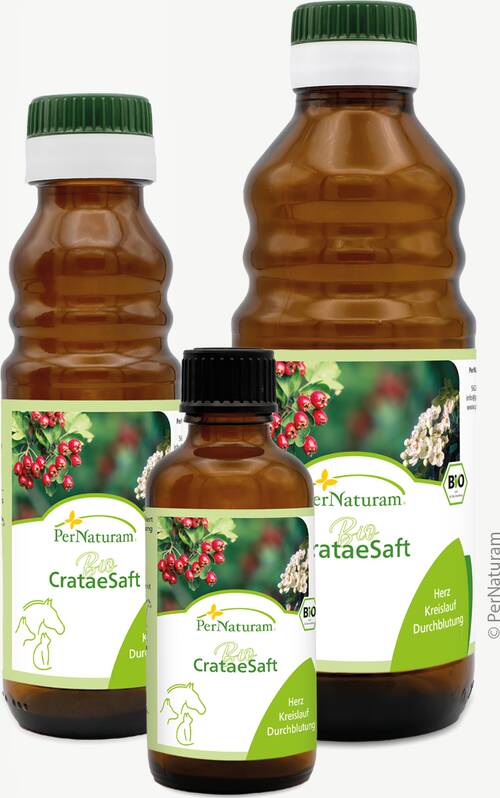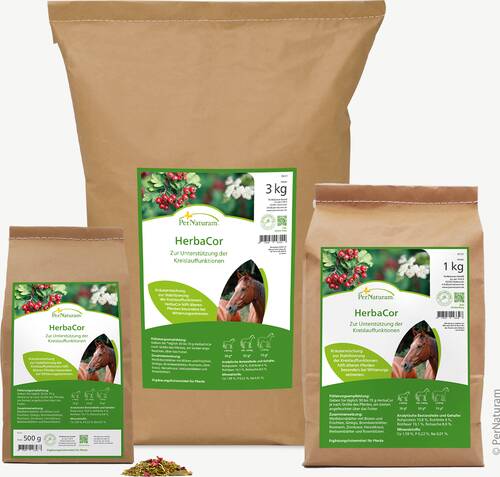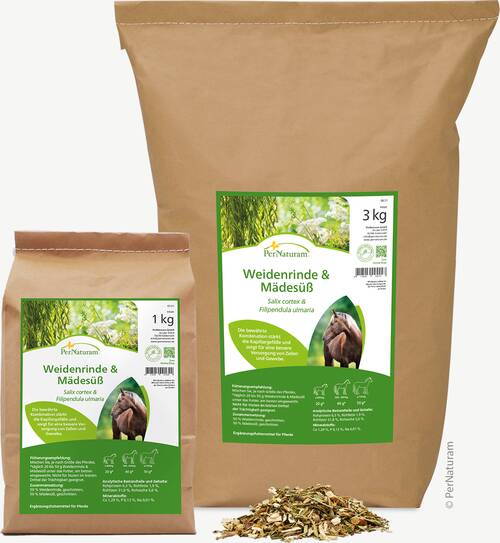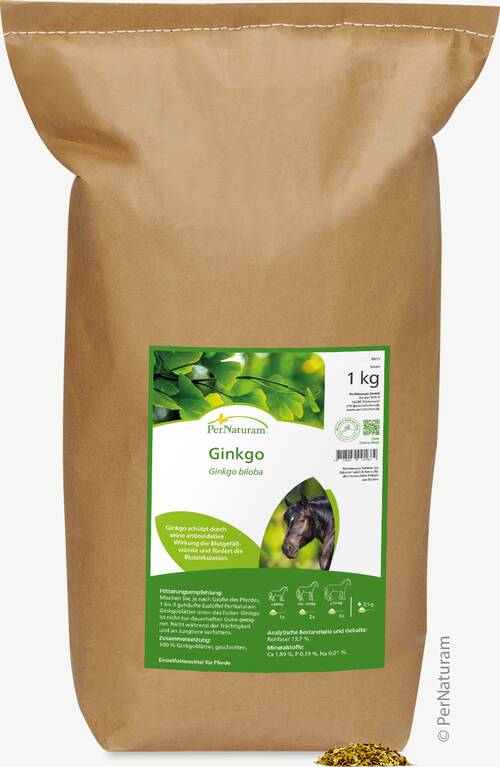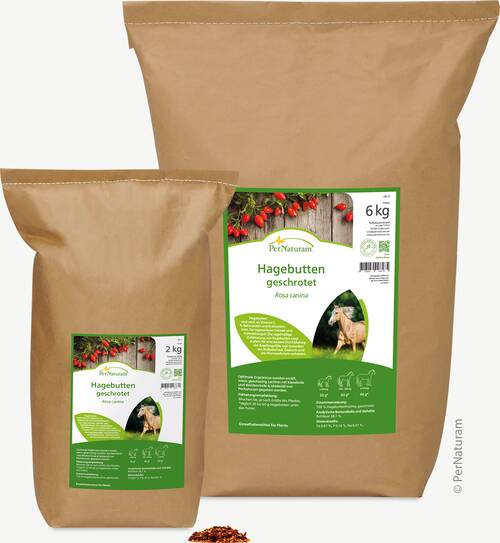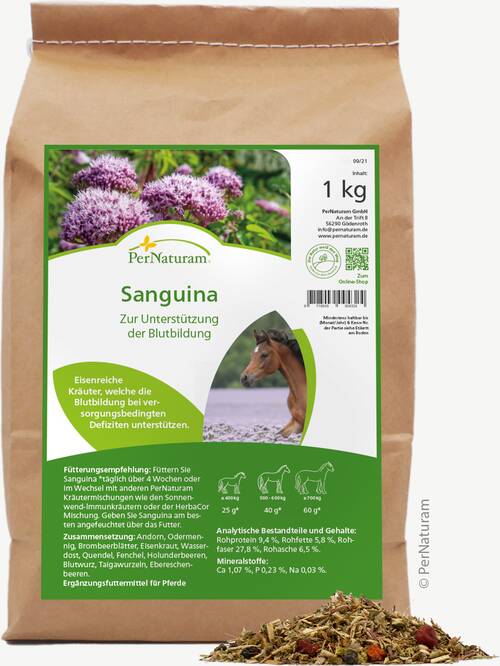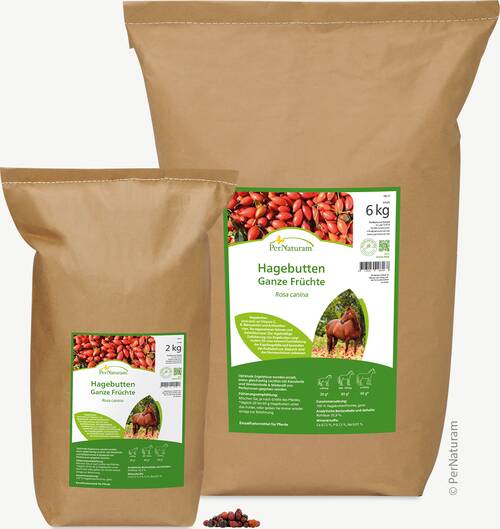The heart, together with the lungs, is the most active organ, it works continuously and is therefore considered the engine of life. Good blood circulation is the prerequisite for all organs to be able to do their work. This is especially true for the liver and lungs.
It also applies to the kidneys, in which the blood pressure is higher than in the rest of the body, because this is the only way the kidneys can perform their filtration work. Blood circulation in the body is not just about supplying the cells with nutrients, hormones, water or oxygen, it is also about removing metabolic products and regulating temperature. We can clearly see the central importance of the heart in older animals with poor circulation, where all metabolic functions decrease. Stimulating the circulation can therefore ensure a significant vitalization of older horses.
The heart of a riding horse weighing 600 kg beats 30 to 40 times per minute when it is resting, pumping 40 to 50 l of blood through the body. In phases of stress, the heart rate increases to 110 to 250 heartbeats per minute, and 250 to 300 l of blood can be pumped per minute. In humans, almost 4.5 to 5 liters of blood per minute are pumped through the heart in resting phases, and up to 20 liters of blood per minute during exertion, and more in trained competitive athletes. The circulatory functions are not solely dependent on the pumping action of the heart. Intact blood vessels are essential for the transport of blood to the periphery of the body and for the undisturbed flow of blood back to the heart.







